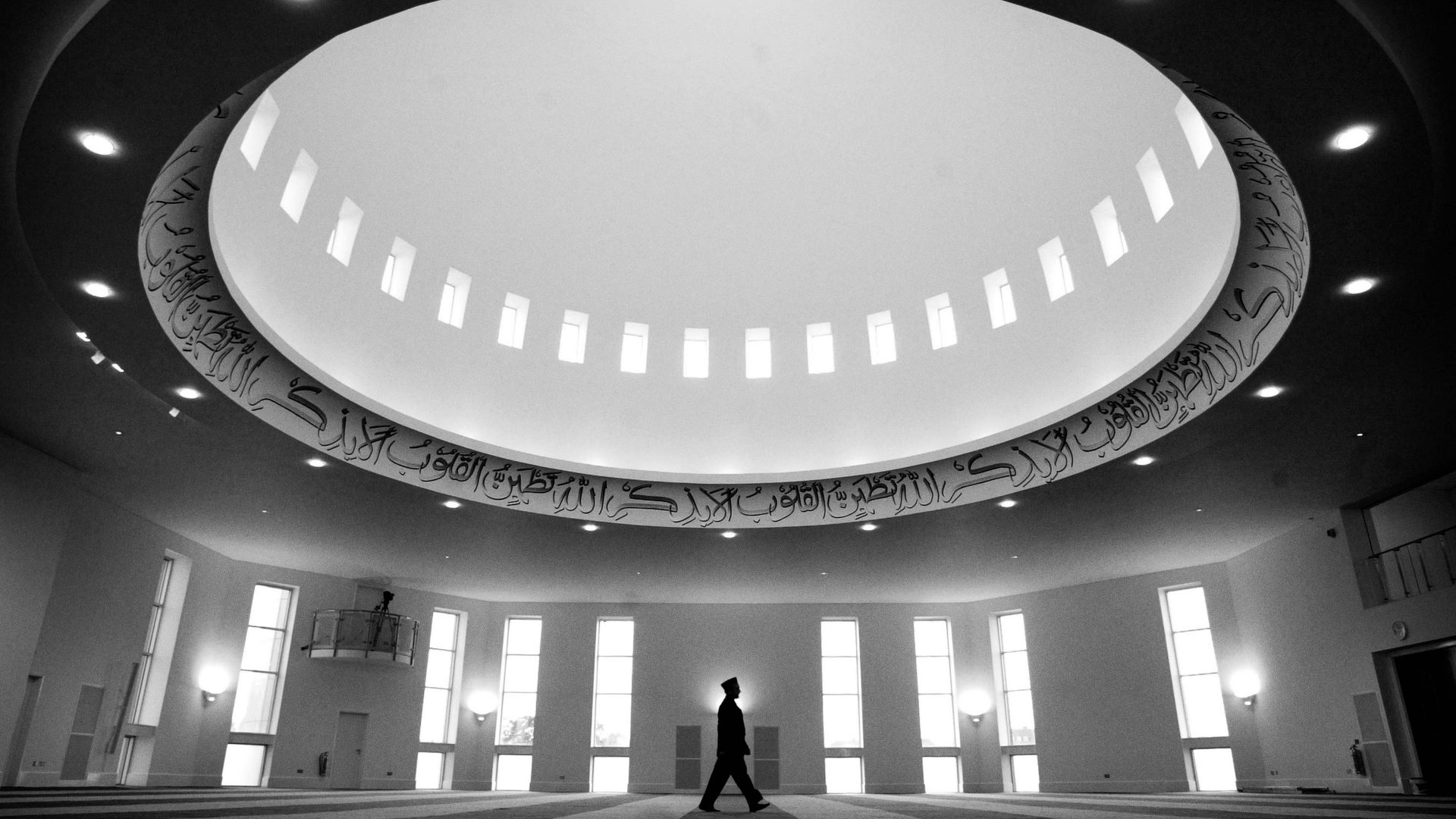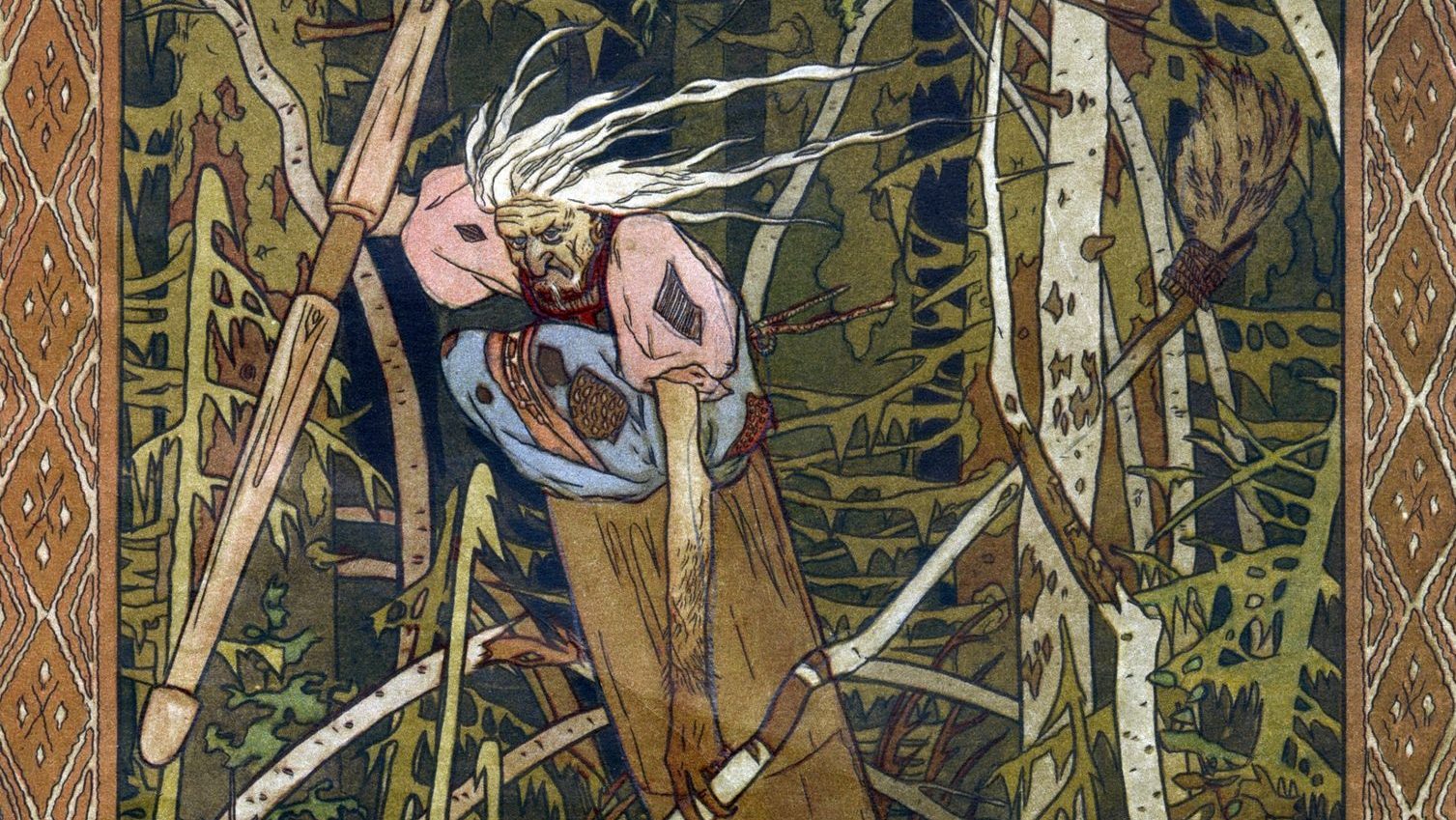We were walking across Regent’s Park on a dank December day when the youngest noticed the golden dome and spindle minaret in the mid-distance: “How long has that mosque been there?” “Oh, early 1980s, I think,” I replied airily. “Although I can’t remember ever having heard the call to prayer from the minaret. I think…”
I continued spinning paternal dross amnesia into the pure gold of parental nous: “It was the biggest mosque in Europe when it was built.” “I wonder where the biggest is now?” he mused. “Oh, I don’t know precisely – but it’d have to be the country with the largest Muslim population – either France, or here.”
Five days later, it was still dank, and we were wandering around Morden in the deep, deep south London suburbs (yes, I know, I bet you wish you were my child); when once again the youngest spotted a minaret. A couple of minutes later we were standing in front of large metal gates, staring at the vast facade of the Baitul Futuh Mosque, which is, indeed, currently the largest mosque in Europe.
A coincidence like that is clearly a summons: Could we come in and have a look around? We asked the guys on the gate. But they seemed a little worried, and suggested we email their press guy, which we duly did. Which is how, the following Sunday, we returned, and were greeted by Mahmood Rafiq, the press officer, and Fareed Ahmad, the national secretary for external affairs for the Ahmadiyya Muslim community of Britain.
Because here was where everything got even more serendipitous. After all, who knew – besides those in its immediate vicinity and, of course, the Ahmadi themselves – that the mosque is even here, and has been burgeoning for more than 20 years. Moreover, who knows, much besides Ahmadis about the dreadful persecution they face from the rest of the Islamic world, and in particular from the Sunni Islamists in Pakistan, where it is now a crime to belong to the sect.
As Messrs Mahmood and Fareed guided us around the huge, echoic halls of the mosque, showing us a sports-hall-cum-mass-dining-room; the double-decker male and female prayer halls (although absolute separation is by no means enjoined), a library, and a small museum showcasing the history of the group, they filled us in on the particulars of their beliefs and community.
Founded by a charismatic holy man and scholar in late 19th-century Punjab, who the Ahmadis believe was indeed the foretold Mahdi – or second and final prophet of Islam – they are essentially a reformist movement, aimed at setting Islam on the right path. Fareed compared them to early Christians, hearkening to the Messiah foretold by the Jews, and then being persecuted by those self-same Jews, because – quite possibly for political reasons – they refuse to recognise Him.
Given their novelty, though, in world-historical terms, I suggested a more apt comparison might be the Mormons? Fareed bridled a little at this – although I’m not sure why. I’ve encountered Mormons all over the world, often in very deprived communities, and usually found non-judgmental young men and women in nice clean clothes doing good work. As the Ahmadi clearly are: they have a food bank and warm room, and their commitment to charity cannot be doubted. After all, it’s one of the five, um, pillars of Islam – which they continue to regard themselves as the most faithful of.
And hospitality: Over lamb curry, samosas, cakes and teas, we talked more about the persecution the Ahmadis face; and I pondered how invisible they are, here in Britain, considering the oldest mosque in the country – as well as the largest – was founded by them. (In Carshalton, in 1926, in case you were wondering.) The reason is pretty obvious: there are only 30,000 of them – it’s just their discipline and commitment to tithing that’s resulted in the extraordinary edifice complex of Baital Futuh.
In a way, though, the Ahmadi feel like a very suburban, very pacific, rather twee and English sort of Muslim sect. Their origins lie in the peculiarities of the British Raj, while their principal doctrinal difference from the wider Sunni community lies in their complete rejection of the idea of violent jihad. Moreover, they also believe that Jesus didn’t die on the cross, but swooned, was taken down and laid to rest in a rock tomb for three days, then revived, and went to India, where he founded Buddhism, and eventually died in Kashmir after a long and happy life. So, all that stuff about suffering and dying for all humanity’s sins is just that: stuff.
He’s buried in a tomb in Srinagar. I’ve seen it. Merry multicultural Christmas.



